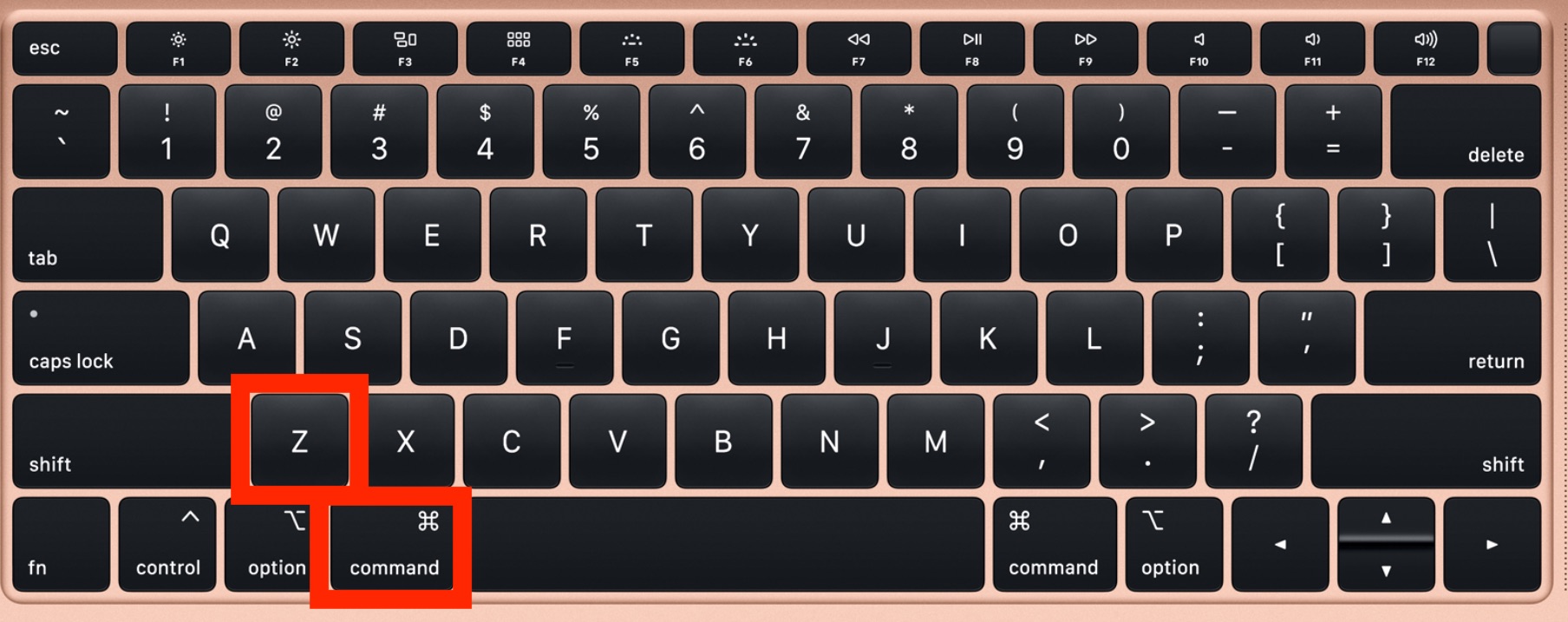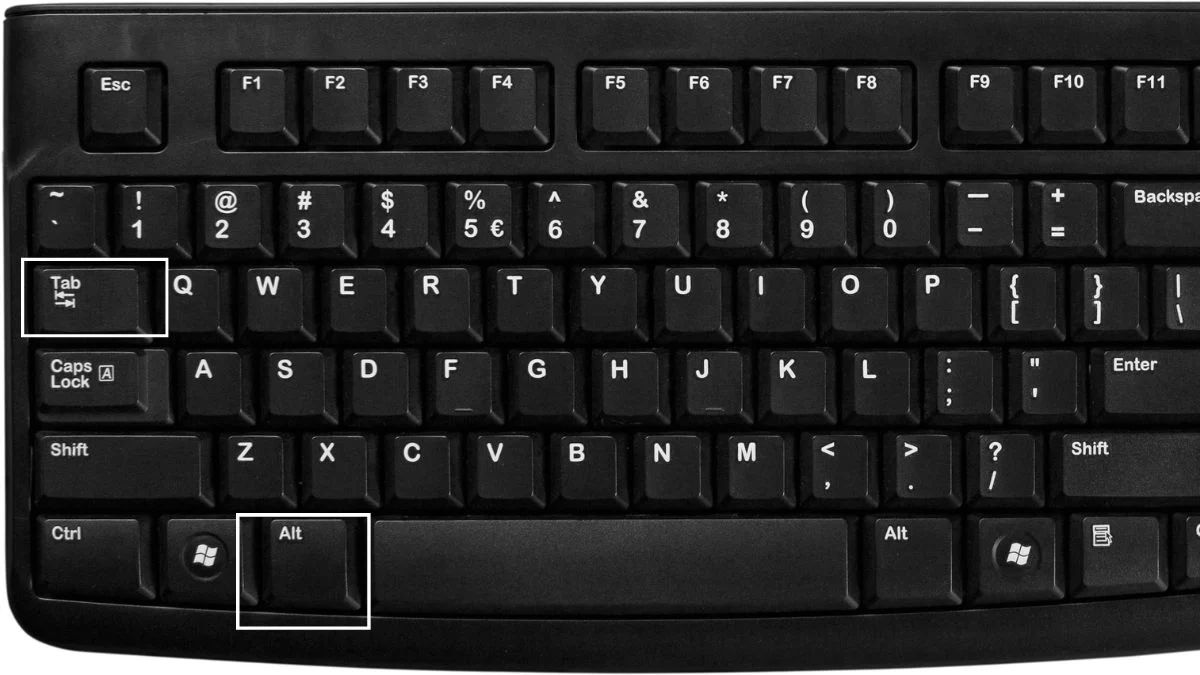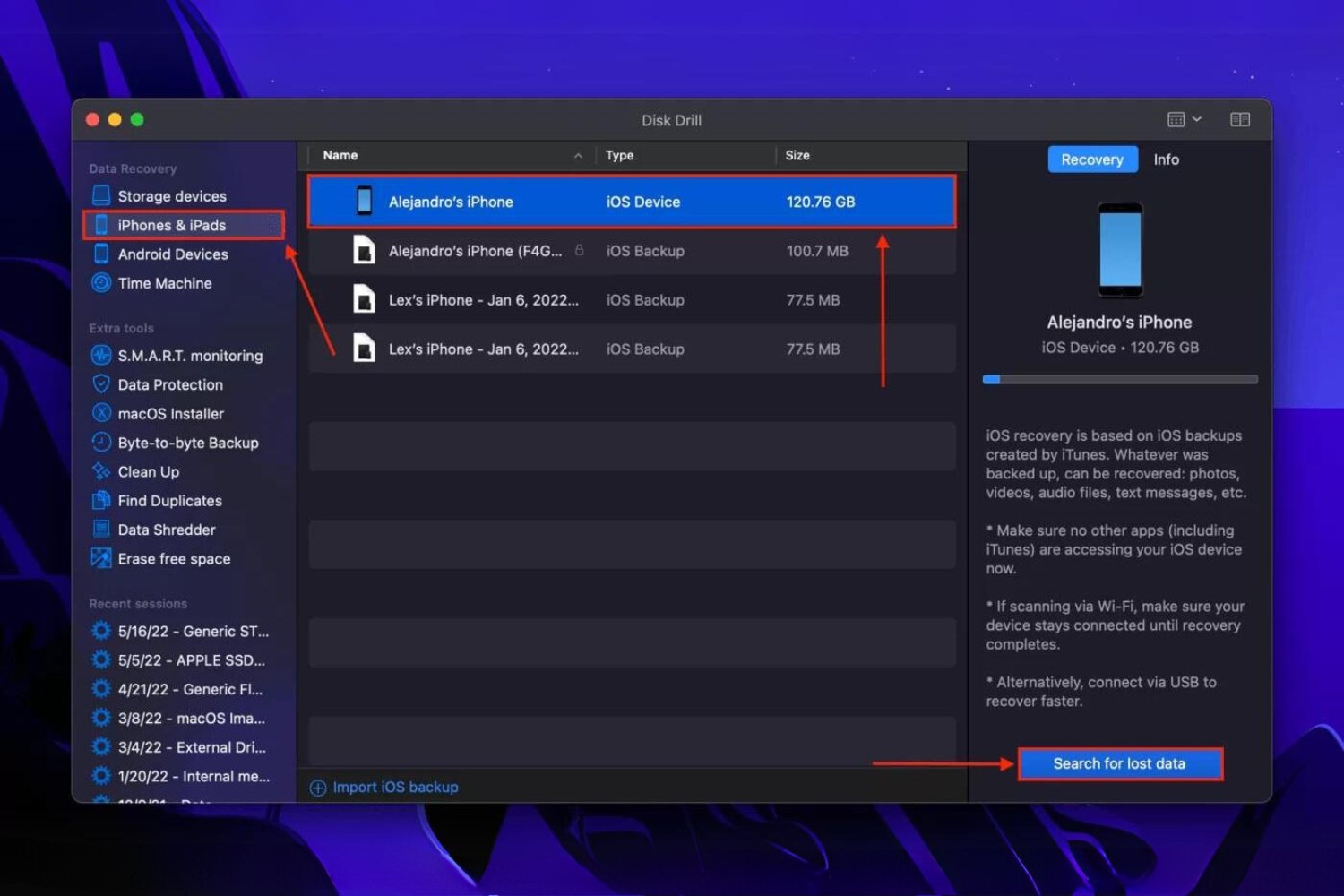Introduction
Welcome to the world of reverse image searching on Safari! Have you ever stumbled upon a captivating image and wished to know more about its origin or find similar visuals? Well, reverse image search is the perfect solution for satisfying your curiosity and uncovering valuable information associated with any image.
In this article, we will delve into the fascinating realm of reverse image search and explore how you can utilize this powerful tool directly within the Safari browser. Whether you're an avid photographer, a curious explorer, or someone seeking to verify the authenticity of an image, the ability to conduct reverse image searches on Safari can be an invaluable asset.
So, fasten your seatbelts as we embark on a journey to unravel the mysteries behind reverse image searching on Safari. By the end of this article, you'll be equipped with the knowledge and skills to seamlessly navigate the world of reverse image search, enabling you to harness its potential for diverse purposes.
Let's dive in and discover the wonders of reverse image search on Safari!
What is Reverse Image Search?
Reverse image search is a groundbreaking technology that allows users to discover information, related images, and the original source of a particular image by simply uploading or inputting the image file. This innovative tool has revolutionized the way we interact with visual content on the internet, offering a myriad of practical applications across various domains.
At its core, reverse image search employs sophisticated algorithms to analyze the unique visual characteristics of an image, such as colors, shapes, and patterns, in order to identify similar or identical visuals from vast online databases. This process enables users to unravel the origins of an image, uncover visually similar content, and even track down potential copyright infringements.
One of the most compelling aspects of reverse image search is its ability to transcend language barriers and textual limitations. Unlike traditional text-based searches, reverse image search empowers users to explore and comprehend the context of an image, regardless of the language in which it is embedded. This feature makes reverse image search a versatile and inclusive tool, catering to a global audience with diverse linguistic backgrounds.
The applications of reverse image search are incredibly diverse, spanning across numerous fields and industries. For instance, photographers and digital artists can utilize reverse image search to monitor the usage of their work online, identify unauthorized reproductions, and connect with potential clients or collaborators. Additionally, journalists and researchers can leverage this technology to verify the authenticity of images, trace their origins, and corroborate visual evidence in investigative reports.
Furthermore, reverse image search serves as a valuable resource for e-commerce enthusiasts and fashion aficionados, enabling them to locate similar products, identify brand names, and explore purchasing options based on visually appealing items. This functionality has transformed the way individuals discover and engage with products and fashion trends, fostering a seamless and visually-driven shopping experience.
In essence, reverse image search empowers users to delve deeper into the visual realm of the internet, unraveling the stories, information, and connections embedded within images. By harnessing the power of reverse image search, individuals can embark on a captivating journey of discovery, exploration, and knowledge acquisition, transcending the boundaries of traditional text-based searches.
Using Reverse Image Search on Safari
Utilizing reverse image search directly within the Safari browser is a seamless and efficient process that empowers users to explore the depths of the internet through visual discovery. Whether you're browsing the web, conducting research, or simply intrigued by an image, Safari provides a convenient platform for harnessing the power of reverse image search.
To initiate a reverse image search on Safari, you can leverage the built-in functionality of the browser or explore the option of integrating third-party extensions tailored for this purpose. Safari's native capabilities enable users to perform reverse image searches by simply right-clicking on an image and selecting the "Search Image on the Web" option from the context menu. This streamlined approach eliminates the need to navigate to external search engines, offering a seamless and integrated experience within the Safari environment.
Furthermore, Safari users can enhance their reverse image search capabilities by exploring a diverse array of extensions available in the App Store. These extensions are designed to augment Safari's functionality, enabling users to conduct reverse image searches with enhanced features and customization options. By integrating these extensions, users can unlock advanced search parameters, access additional search engines, and streamline the process of conducting reverse image searches directly from the Safari interface.
Additionally, Safari's integration with iCloud and Apple's ecosystem provides a cohesive and interconnected experience for users engaging in reverse image searches. The seamless synchronization of data and preferences across Apple devices ensures that users can seamlessly transition between devices while retaining access to their reverse image search history, preferences, and saved results.
Moreover, Safari's commitment to privacy and security aligns with the ethos of reverse image search, safeguarding users' data and ensuring a secure browsing experience. By leveraging Safari's robust privacy features, users can engage in reverse image searches with confidence, knowing that their personal information and browsing activities are protected.
In essence, Safari serves as a gateway to the captivating world of reverse image search, offering a user-friendly interface, seamless integration with third-party extensions, and a commitment to privacy and security. By harnessing the power of reverse image search on Safari, users can embark on a visually immersive journey, unraveling the stories, information, and connections embedded within images with unparalleled ease and convenience.
Tips for Effective Reverse Image Searching
-
Refine Your Keywords: When initiating a reverse image search, it's beneficial to refine your search keywords to enhance the accuracy of the results. Incorporate specific descriptors related to the image, such as colors, objects, or prominent visual elements, to narrow down the search parameters and yield more relevant outcomes.
-
Utilize Multiple Search Engines: While Safari offers a seamless platform for reverse image searching, consider utilizing multiple search engines to maximize the scope of your exploration. Experiment with alternative search engines to uncover diverse perspectives, additional information, and a broader range of visually similar images.
-
Explore Advanced Search Tools: Delve into the advanced search tools provided by reverse image search engines to fine-tune your queries. These tools often include filters for image size, color schemes, and usage rights, allowing you to tailor your search criteria and pinpoint the most pertinent results.
-
Verify Image Sources: Prioritize the verification of image sources to ensure the authenticity and reliability of the information associated with the image. By cross-referencing multiple sources and conducting thorough research, you can gain a comprehensive understanding of the image's origins and context.
-
Consider Contextual Relevance: Take into account the contextual relevance of the image when interpreting the search results. Consider the potential variations in image usage and the diverse contexts in which the image may appear, allowing you to discern the broader implications and associations linked to the visual content.
-
Leverage Browser Extensions: Explore the diverse array of browser extensions tailored for reverse image searching to augment your capabilities. These extensions often offer enhanced features, such as direct integration with popular image databases, enabling you to access a wealth of visual information with ease.
-
Engage in Cross-Referencing: Engage in cross-referencing by comparing the results obtained from multiple reverse image search engines. This approach can unveil nuanced insights, validate the accuracy of the findings, and provide a comprehensive overview of the image's digital footprint across various online platforms.
-
Stay Updated on Image Trends: Stay abreast of emerging image trends, visual storytelling techniques, and digital content developments to enrich your reverse image searching experience. By remaining attuned to evolving visual narratives, you can uncover compelling connections and stay ahead of the curve in your explorations.
By incorporating these tips into your reverse image searching endeavors, you can elevate your proficiency, expand your knowledge, and unravel the captivating stories woven into the fabric of visual content across the digital landscape.
Conclusion
In conclusion, the integration of reverse image search capabilities within Safari opens a gateway to a visually immersive and intellectually enriching experience. By harnessing the power of reverse image search, users can transcend the confines of traditional text-based searches, delving into the captivating realm of visual storytelling, discovery, and exploration.
The ability to seamlessly initiate reverse image searches directly within Safari empowers users to unravel the origins, context, and related information associated with diverse visual content encountered during their online endeavors. Whether it's verifying the authenticity of an image, identifying visually similar content, or tracing the digital footprint of a captivating visual narrative, reverse image search on Safari serves as a versatile and indispensable tool for individuals across various domains.
Furthermore, the seamless integration of third-party extensions tailored for reverse image searching augments the capabilities of Safari, offering users enhanced features, customization options, and access to a diverse array of search engines. This collaborative ecosystem fosters a dynamic and personalized reverse image search experience, catering to the unique preferences and exploratory needs of users navigating the visual landscape of the internet.
The tips for effective reverse image searching outlined in this article serve as valuable guiding principles, empowering users to refine their search queries, leverage advanced search tools, and engage in cross-referencing to uncover nuanced insights and contextual relevance. By incorporating these strategies into their reverse image searching endeavors, users can elevate their proficiency, expand their knowledge, and unravel the captivating stories woven into the fabric of visual content across the digital landscape.
Ultimately, the convergence of reverse image search and Safari embodies a harmonious synergy, encapsulating the spirit of exploration, discovery, and visual literacy. As users embark on their reverse image searching journeys, they are poised to unravel the mysteries, uncover the narratives, and forge meaningful connections with the diverse visual tapestry woven into the fabric of the internet.
In essence, reverse image search on Safari transcends the boundaries of conventional search methodologies, inviting users to embark on a visually immersive odyssey, where each image tells a story, and every search unveils a world of possibilities. With the power of reverse image search at their fingertips, users can navigate the digital landscape with curiosity, insight, and a profound appreciation for the stories waiting to be discovered within each captivating image.

























